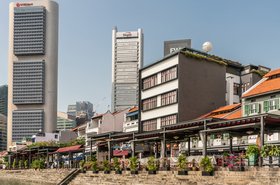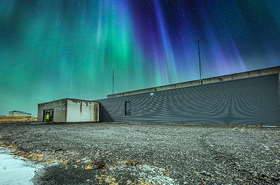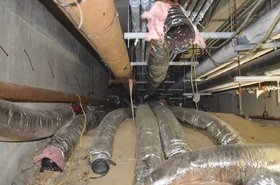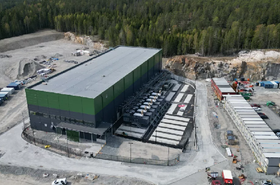New Swedish operator T.Loop has acquired a data center in Stockholm, Sweden.
The company said the 800 sqm (8,610 sq ft) facility was located in the center of the city, and will be modernized throughout 2024.
Further details of the facility, the seller, and the terms of the deal weren’t shared.
"Acquisition of existing data centers is an important part of T.Loop's establishment strategy,” said Mathias Lindqvist, chief engineer and T.Loop co-founder. "We see great potential in this facility where we will be able to reuse the existing infrastructure and thus quickly be able to offer colocation services to our customers. At the same time, we also see good conditions for being able to recycle all the heat generated in the data center to heat the property in which it is located."
Founded in 2021 and formerly known as Therma Loop, T.Loop offers what it calls Data Energy Centers. These immersion-cooling facilities aim to reuse their excess heat for nearby buildings and connect its UPS systems to the grid.
The company opened its first data center – a 200kW facility – in an office building in the Sollentuna area north of Stockholm in December 2023.
T.Loop was co-founded by CEO Staffan Stymne, who was previously at Stockholm-based Norrenergi AB, a municipally owned district heating company. According to an interview with Breakit, the company aims to launch 30 data centers by 2026, totaling 30MW.
"In a circular business model, it is important to maximize the use of resources at all levels. By establishing our Data Energy Center in existing buildings and recovering residual heat, we have taken great strides in minimizing our climate impact,” said Cecilia Hjertzell, head of sustainability at T.Loop.
“But our ambition is higher than that, which means that we continuously develop our concept to ensure the smallest possible climate impact based on Scope 1-3. For many of our customers, IT represents an increasingly large climate burden and we want to do our utmost to ensure that our customers can continue their digitalization and at the same time reduce their CO2 emissions.”






